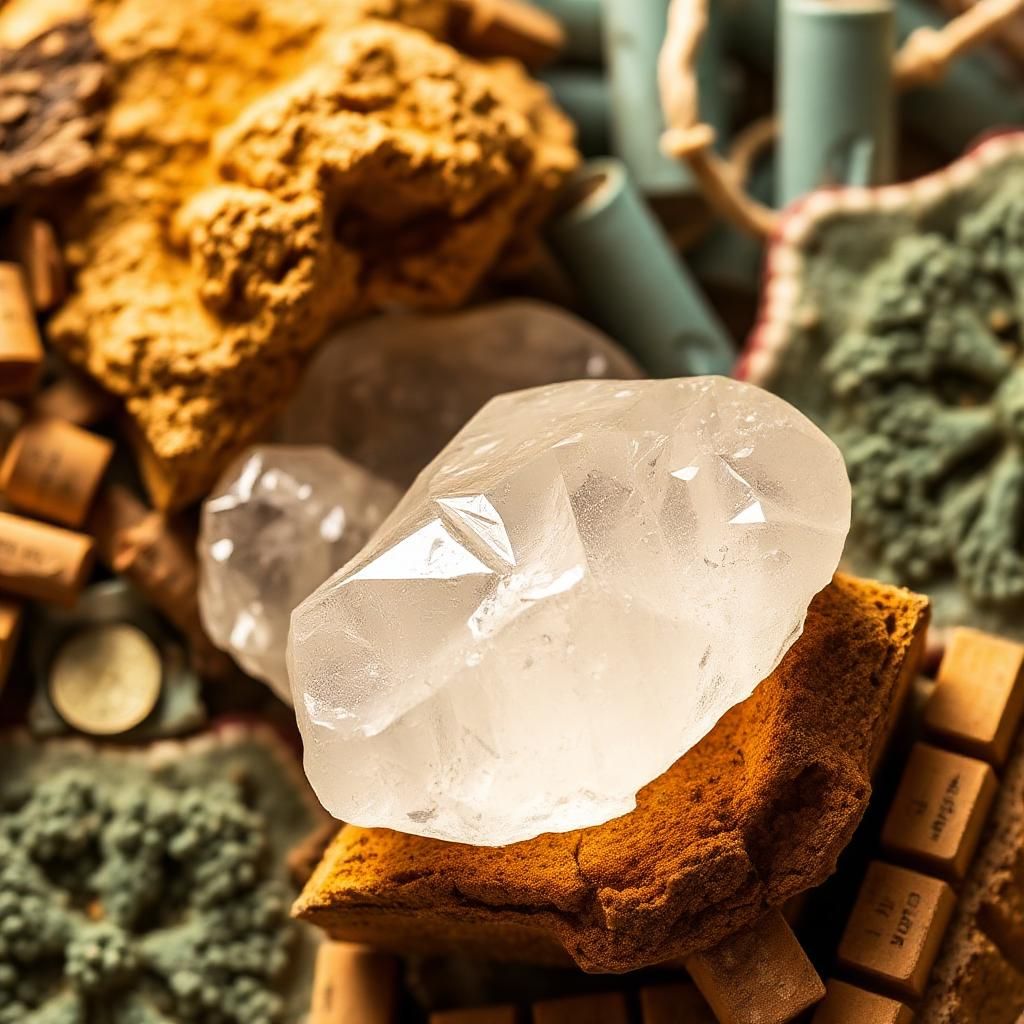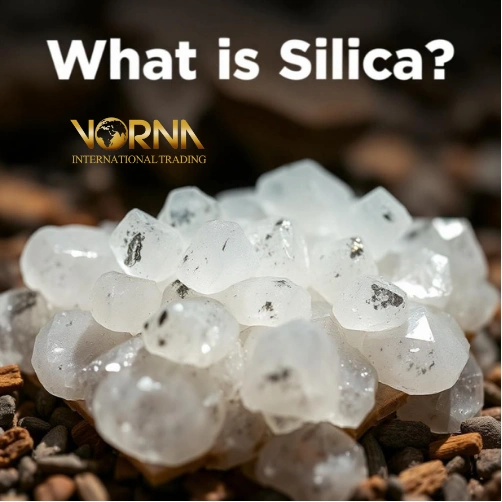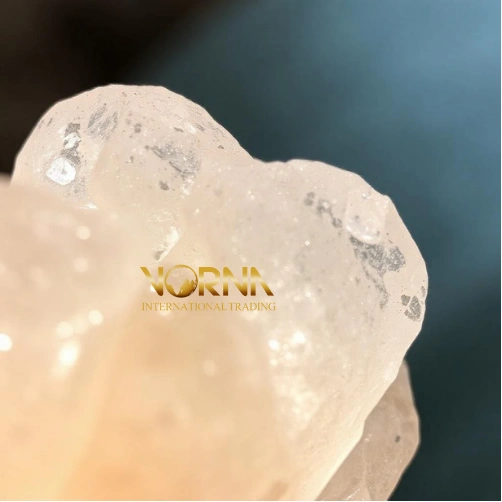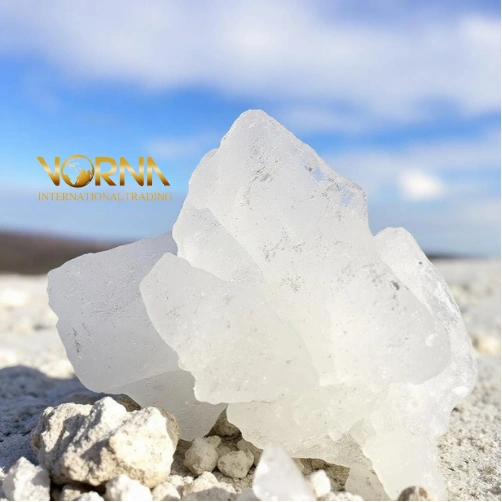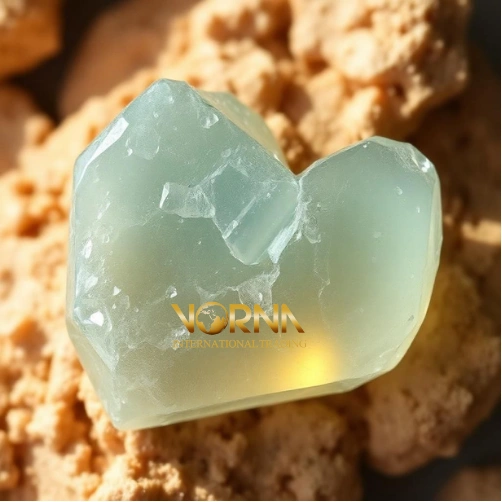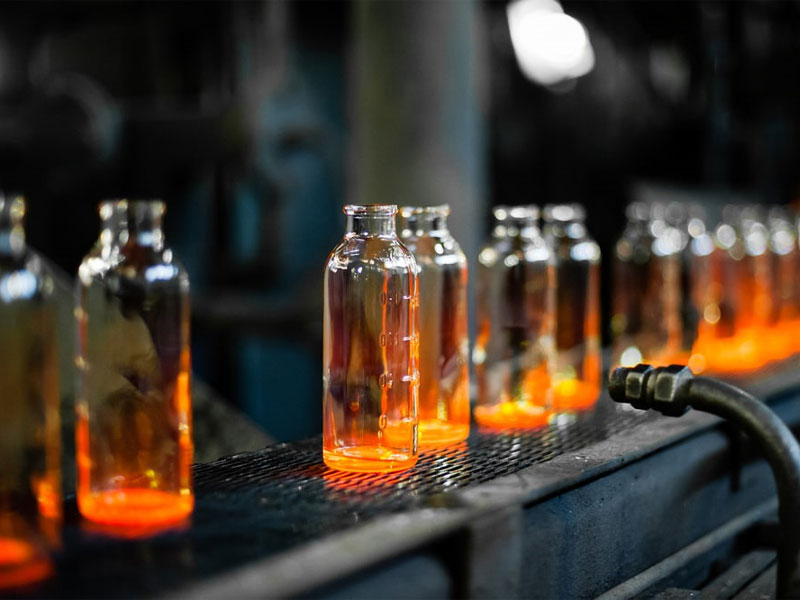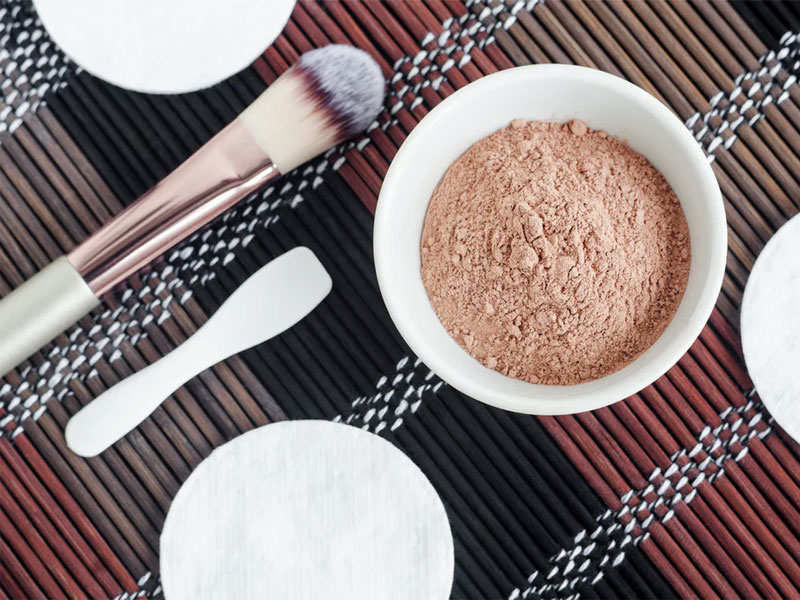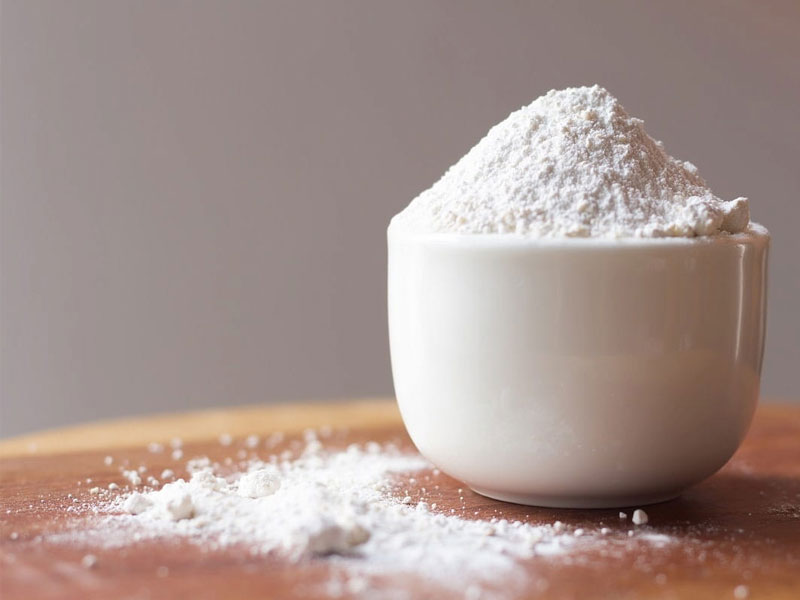What is Silica?
Silica, scientifically known as silicon dioxide (SiO2), is a naturally occurring compound found in a wide range of minerals. It is a primary component of sand, quartz, and other minerals. Silica is abundant in the Earth’s crust, making it one of the most prevalent compounds on the planet. Its chemical structure is simple yet versatile, consisting of silicon and oxygen atoms bonded together. The substance is essential in various industries due to its properties, including high melting point, hardness, and resistance to corrosion.
Silica is widely used across many industries, and its price can vary depending on factors such as purity, type, and quantity. If you’re interested in the current market trends and pricing for silica, check out the latest information on Silica Price to stay updated on the best deals and market conditions.
Silica Structure and Composition
Silica’s basic structure involves a silicon atom bonded with two oxygen atoms, creating a tetrahedral arrangement. This bond forms a robust and stable structure, making silica an incredibly hard and durable material. Silica exists in both crystalline and amorphous forms, with the crystalline form being more rigid and the amorphous form being more flexible. The different structures influence the material’s properties, such as transparency, strength, and its ability to be molded into various forms for industrial use. Silica’s versatility in its different forms makes it applicable in a variety of fields, from construction to technology.
Types of Silica
There are several types of silica, each with distinct characteristics that make them suitable for specific applications. The most common types include crystalline silica, amorphous silica, and colloidal silica.
- Crystalline Silica: This type of silica is found in the form of quartz and is typically used in construction and manufacturing. It has a well-structured, rigid crystalline form that offers high strength and durability.
- Amorphous Silica: Unlike crystalline silica, amorphous silica does not have a well-defined structure, making it more flexible. It is used in the production of glass and in various industrial processes.
- Colloidal Silica: This form of silica consists of very small particles suspended in water, making it useful in the production of lubricants, cosmetics, and coatings due to its unique properties.
Each type of silica has specific properties that make it ideal for particular applications, from construction to electronics and personal care products.
Silica Uses
Silica is an essential part of everyday life and can be found in a wide variety of products. In construction, it’s used in concrete and bricks for durability. Silica gel is commonly used as a desiccant in packaging to prevent moisture buildup. In electronics, silica is used in the manufacture of semiconductors and glass components. Household products such as toothpaste, paints, and even food additives also contain silica. Its role in maintaining the quality of everyday items showcases its significance across multiple sectors.
Benefits of Silica
Silica provides numerous benefits that contribute to its widespread use across different industries. One of the key benefits of silica is its ability to resist high temperatures and its stability in harsh environments. In addition, silica’s durability and strength make it ideal for building materials, including concrete and glass. In the realm of health, silica supports healthy connective tissues, skin, and hair. Moreover, it helps in the prevention of mineral deficiencies and contributes to bone health. Its chemical stability and non-reactivity also make it safe for use in food and pharmaceuticals.
Silica in the Industrial Sector
Silica plays a critical role in many industrial applications. In construction, silica sand is a major ingredient in the production of concrete, mortar, and glass. It is also used in the oil and gas industry to enhance the efficiency of hydraulic fracturing (fracking) processes. In manufacturing, silica is incorporated into ceramics, cement, and paint to improve durability and finish. The mining sector also relies on silica for its sand and gravel, which are used in construction projects. Silica is a cornerstone material that drives efficiency, durability, and innovation in the industrial world.
While silica is a crucial compound in various industries, you might also be interested in other natural materials, such as bentonite clay. If you’re curious about how bentonite clay differs from silica and its unique applications, read our comprehensive article on What Is Bentonite Clay? to learn more.
Health and Safety Concerns with Silica
While silica offers many benefits, it can pose health risks if inhaled as fine dust. Prolonged exposure to crystalline silica dust can lead to serious respiratory diseases such as silicosis, lung cancer, and chronic obstructive pulmonary disease (COPD). Workers in industries such as mining, construction, and manufacturing are at a higher risk of exposure. Therefore, it is essential to use protective equipment, including respirators and ventilation systems, to reduce the risk of inhaling silica dust. Regulatory bodies such as OSHA (Occupational Safety and Health Administration) have set guidelines to minimize exposure and ensure worker safety.
Silica and the Environment
Silica is generally considered environmentally friendly due to its natural abundance and inert nature. However, the extraction and mining of silica can have environmental impacts, such as habitat disruption and dust pollution. The mining process must be managed carefully to minimize ecological damage, such as soil erosion and water contamination. Additionally, the use of silica in construction materials, when done responsibly, can contribute to more sustainable building practices by improving the longevity of structures and reducing the need for frequent replacements.
Silica in Technology and Manufacturing
Silica plays a pivotal role in technology and manufacturing, especially in the production of semiconductors and microchips. In electronics, pure silica is used to create the glass that makes up the screens of smartphones, tablets, and computers. Silica is also used in fiber optics for high-speed data transmission. In manufacturing, it is used to produce high-performance materials for the automotive and aerospace industries. Its high melting point and resistance to wear and corrosion make it indispensable in creating components that require superior durability and reliability.
While silica has many forms and uses, one of the most fascinating applications is in the creation of Silica Glass. This specialized type of glass is crucial in various industries, including technology and manufacturing. If you want to learn more about how silica is transformed into glass and its unique properties, check out our detailed article on Silica Glass.
How Silica Impacts the Economy
Silica has a significant impact on the global economy. Its versatility across multiple industries drives the production of critical materials for infrastructure, technology, and consumer goods. The silica market is a multi-billion-dollar industry, with its demand being consistently high in sectors like construction, glass manufacturing, and electronics. As the demand for sustainable building materials, high-performance electronics, and innovative technologies grows, the economic importance of silica continues to rise, providing jobs and driving economic growth.
Silica in Cosmetics and Personal Care Products
Silica is commonly found in cosmetics and personal care products due to its ability to improve texture, stability, and skin feel. It is used in formulations such as powders, foundations, and lotions to absorb oil and improve the smooth application of products. Silica also serves as a thickener, bulking agent, and anti-caking agent in cosmetics. Due to its natural origin and inert nature, it is considered safe for use in these products and offers benefits such as mattifying skin and providing a smooth finish. It’s a key ingredient in ensuring the quality and performance of many beauty products.
Silica isn’t the only mineral with versatile applications. Another important material is kaolin, a type of clay with various uses in industries like ceramics and cosmetics. To explore more about its properties and uses, check out our article on What Is Kaolin for in-depth insights.

